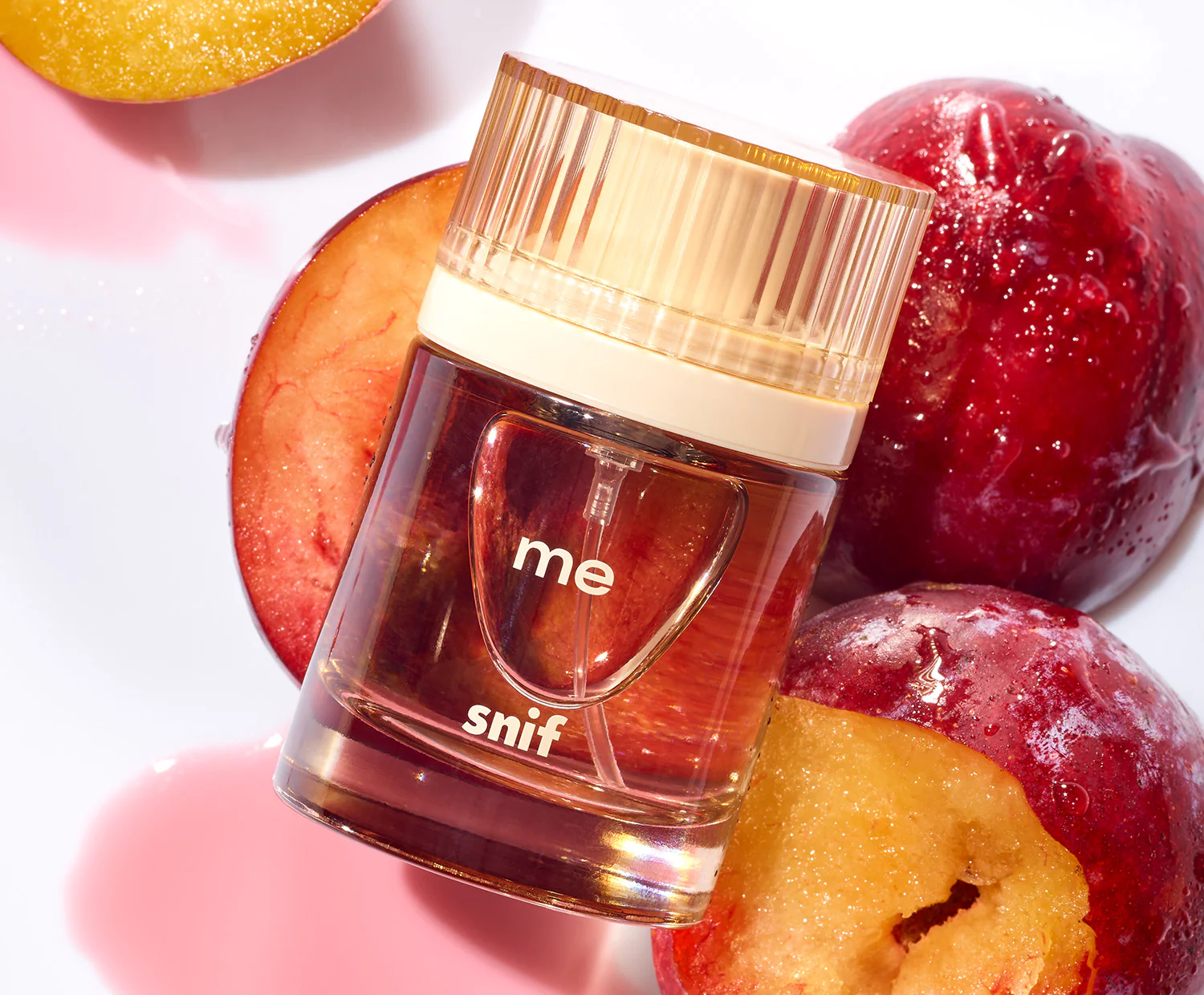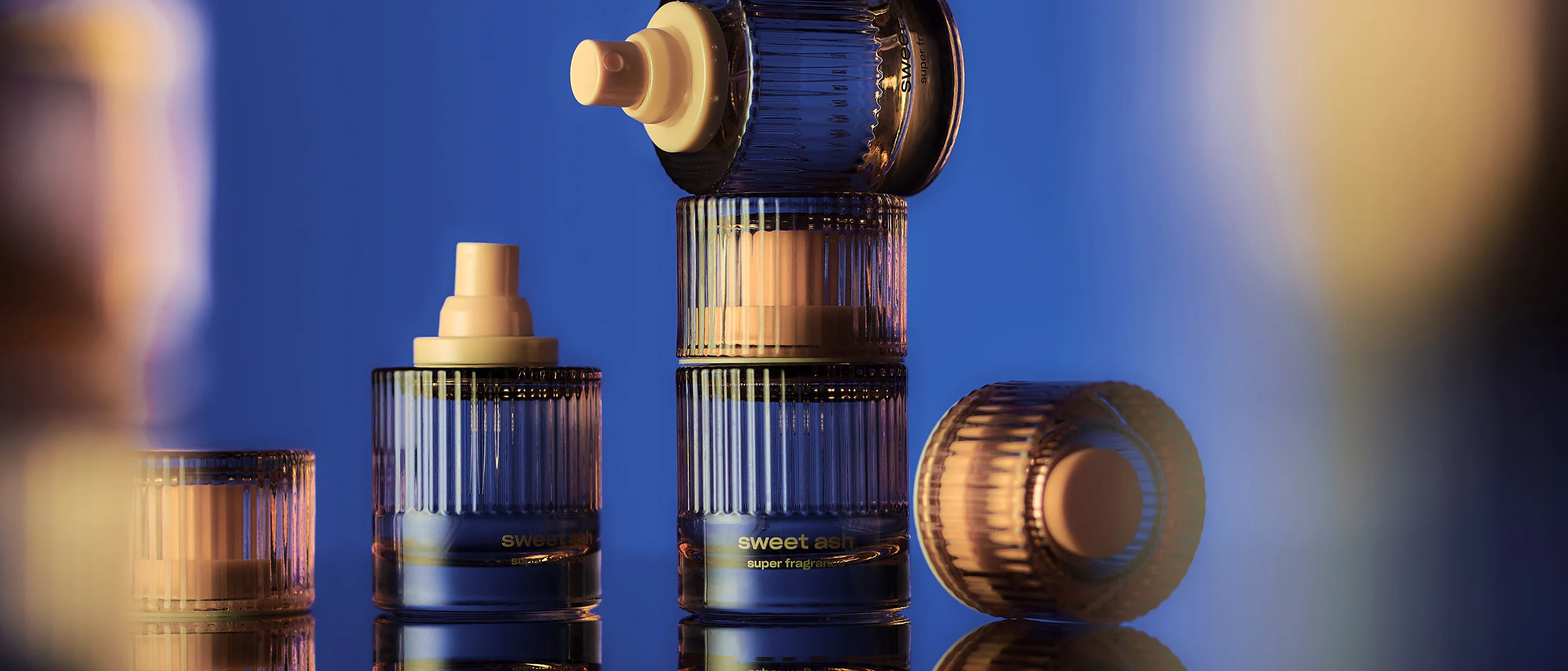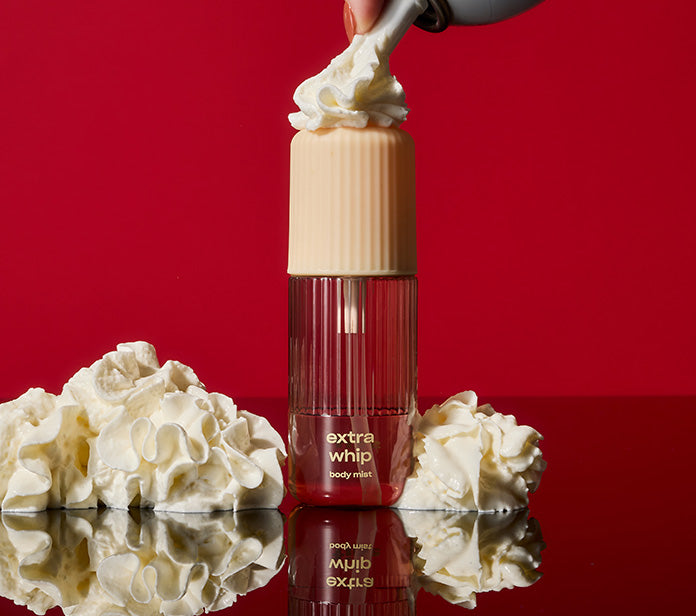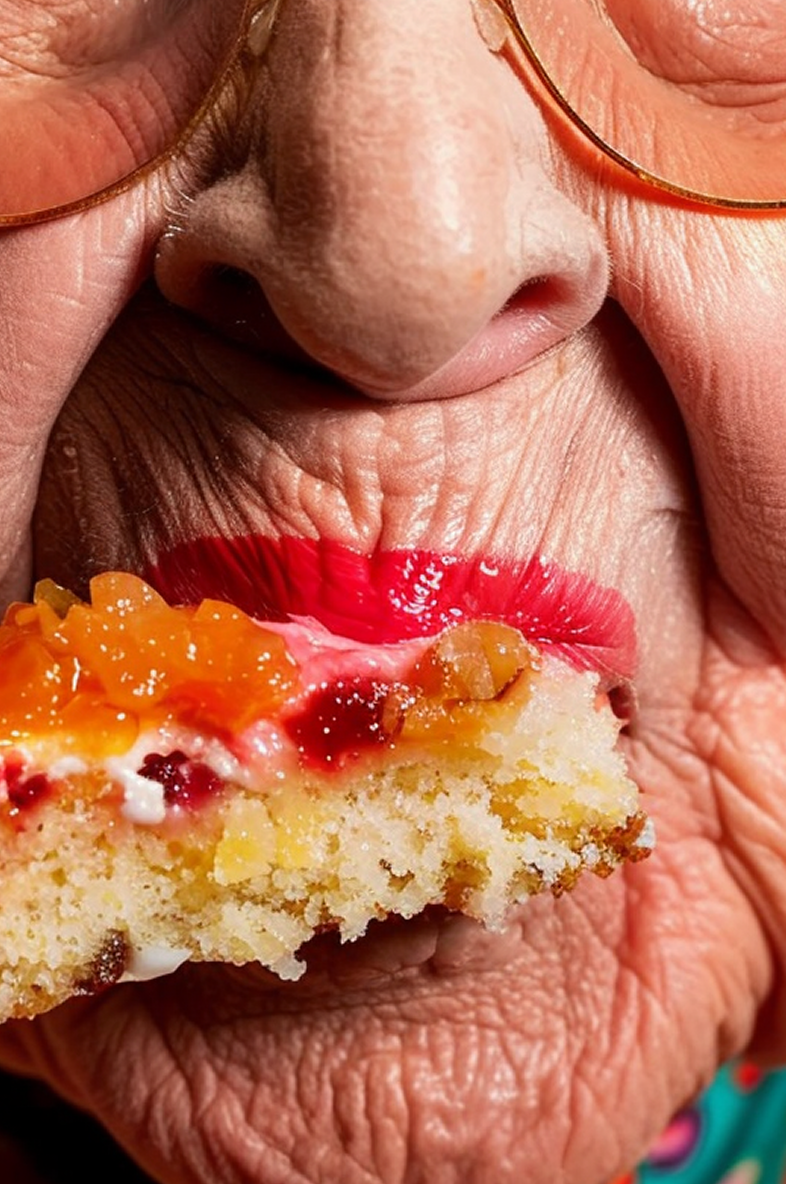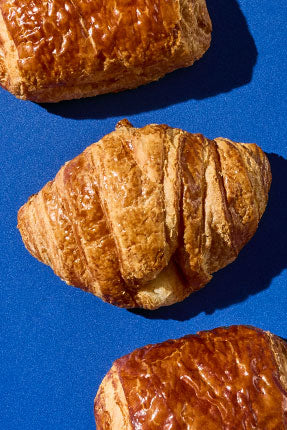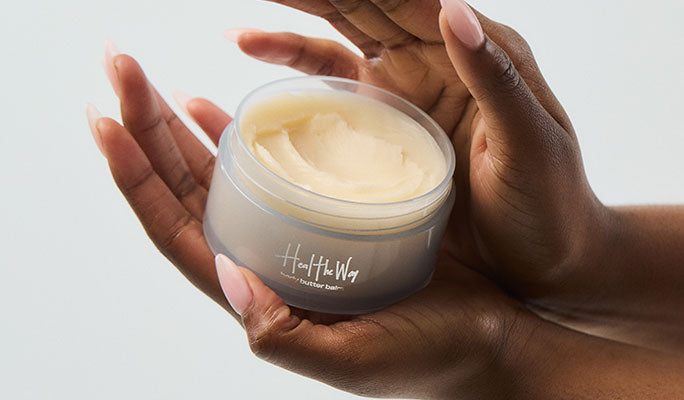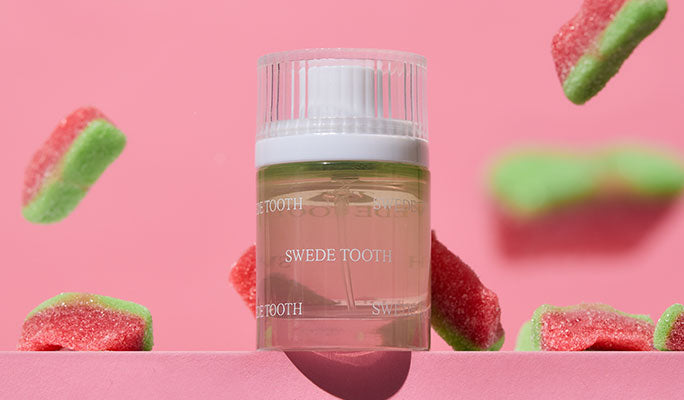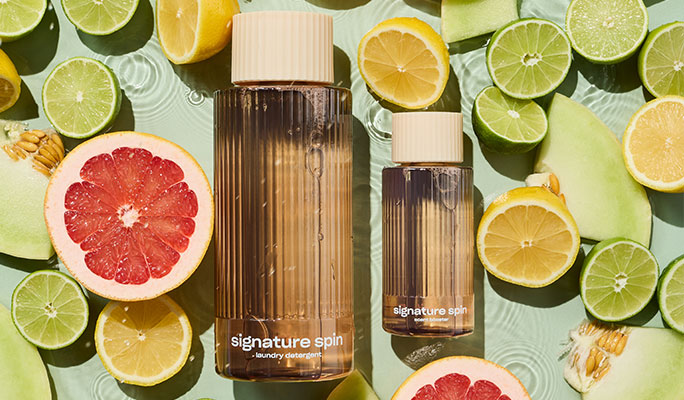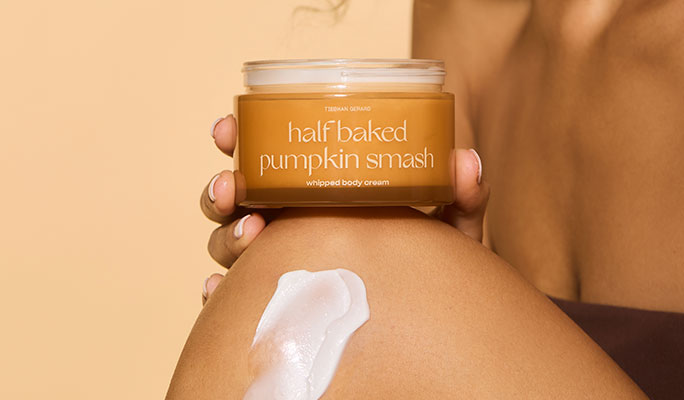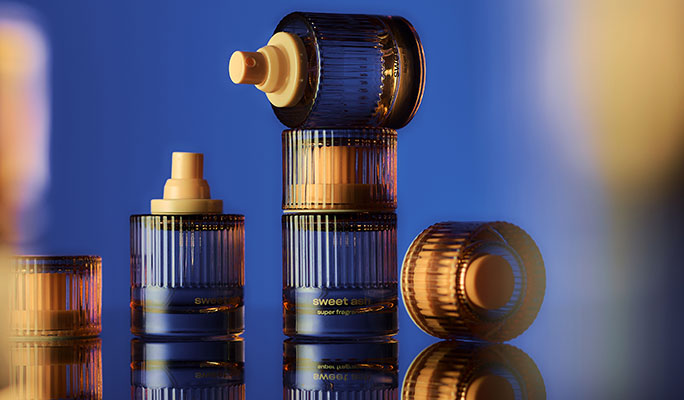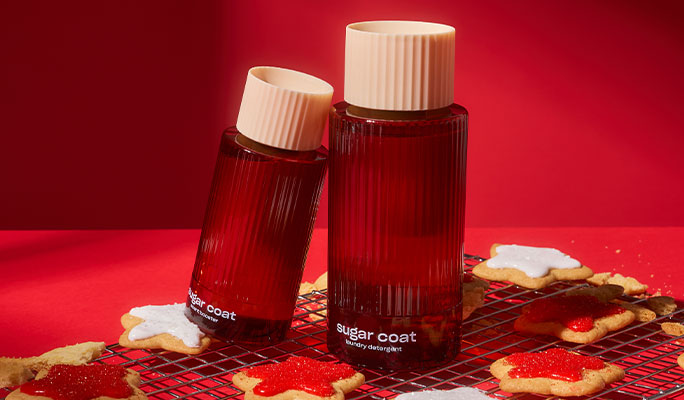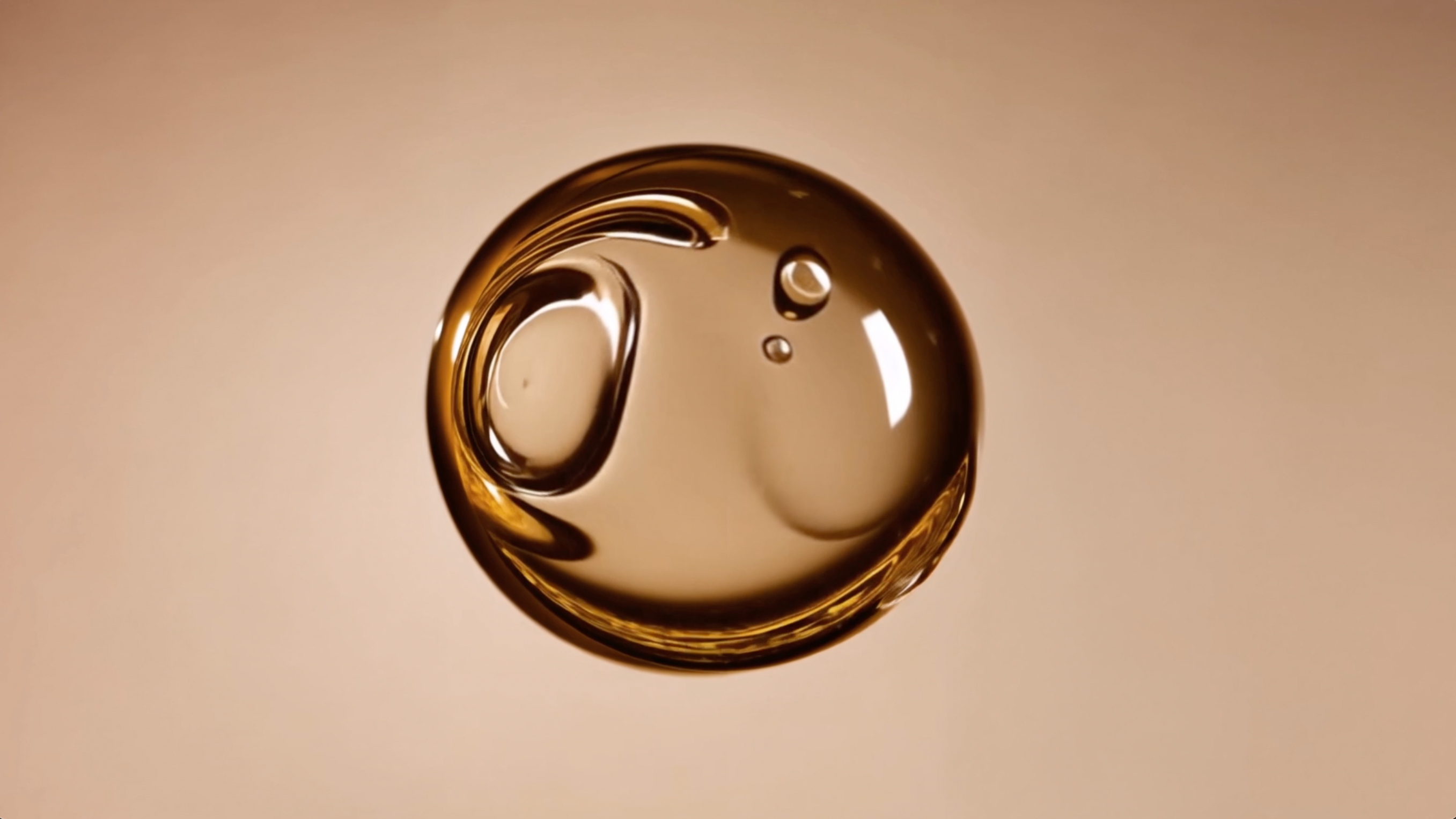If you already love roses for their distinct fragrance, we have good news — there’s more to roses than just their timeless, tell-tale smell. Rose essential oil has been used for centuries in skincare products, aromatherapy, and perfumery, and some of its benefits might surprise you.
In this article, we’ll look at five of the wellness and health benefits of rose oil and share five Snif fragrances that feature this timeless scent.
What Is Rose Oil?
Before we dive into its beneficial properties, let’s cover the basics regarding rose oil. Rose oil comes from the petals of the Rosa centifolia L. and Rosa damascenaMill, also known as the damask rose. These are plants you can find in Bulgaria, Turkey, and Iran.
Like many essential oils, the use of rose oil dates back thousands of years. It’s thought that Ancient Egyptians boiled roses to create products that protected their skin in the desert, and the Romans made use of the anti-aging properties of roses. Although we can never say for sure, many historians believe that Cleopatra bathed in rosewater to care for her skin and maintain a gorgeous scent.
When searching for rose oil, it’s important to know the difference between it and rosehip oil (you may also see it referred to as rosehip seed oil). Although they both come from the rose plant, there is a subtle distinction between the two. Rose oil comes from the petals of the rose, and rosehip oil comes from the pressed fruit and seeds of the rose plant.
How Is Rose Oil Made?
Rose oil is made through a process called steam distillation where rose petals have steam passed through them. As the oil seeps through, it’s cooled and the oil is separated.
It’s likely that Persians invented steam distillation. They used the pure rose oil as a skincare product, a tradition that continued into the middle ages when women used it to treat scars and perfume their bodies.
If you’ve ever gone to buy rose oil but found that it was too expensive in its pure form, you’re not alone. The reason why rose oil is so expensive is that it takes around 10,000 pounds of rose petals to make one pound of oil.
What Is Rose Oil Used For?
Rose oil has a few key uses that extend beyond aromatherapy. Here’s a closer look at what rose oil can be used for.
1. Soothes Feelings of Stress
One of the primary uses of rose oil is its ability to soothe feelings of stress. For some people, just smelling rose oil is enough to experience the calming effect of this oil.
When it’s applied directly to the skin, some experts say rose oil might be able to reduce blood pressure, blood oxygen levels, heart rates, breathing rates, and cortisol levels.
One of the main reasons rose oil can be so relaxing is the presence of phenylethylamine in roses. You might not have heard of this chemical, but you’ve likely felt it. Phenylethylamine is a hormone-like substance that is often released at the early stages of attraction and falling in love. It can help reduce stress and boost dopamine to amplify your levels of joy. So if you actually stop and smell the roses, you might experience the benefits of this calming effect.
2. Antioxidant Properties
The Romans who first used rose oil for anti-aging were on to something; rose oil is full of antioxidants. Antioxidants are natural compounds that help fight off free radicals, or harmful molecules, in our bodies. Free radicals come from a range of sources, including sun exposure, environmental irritants, and pollution, to name a few.
3. Carrier Oil
Rosehip oil, which we mentioned comes from the fruit and seeds of the wild rose bush, can play an important role as a carrier oil. Carrier oils are essentially just unscented or lightly scented oils that you can use to dilute essential oils — often, essential oils can cause irritation and rashes if they’re applied directly to your skin.
With many essential oils, you might even want to do a patch test first if you have particularly sensitive skin to make sure you don’t have an allergy or experience negative side effects.
To help make essential oils skin-safe, they are often mixed with carrier oils to create a more balanced oil blend. Along with carrying the oil to your skin, carrier oils usually also have moisturizing and nourishing properties because they’re packed with essential fatty acids, vitamin C, and vitamin A.
4. Skincare Benefits
Next time you go shopping for creams or lotions, pay attention to how many contain rose oil. You’ll likely find that it’s all over the skincare aisle. Rose oil has natural antibacterial properties, anti-inflammatory properties, and antiseptic properties, which is why it’s a fan favorite in skincare products.
Rose oil helps the skin barrier balance itself and heal. It’s also a rockstar when it comes to hydration. Those with sensitive skin types often struggle to find a hydrating product that won’t irritate their skin, and rose oil can be a great way to soothe dry skin without causing irritation.
5. Aromatherapy
Rose oil is often used in aromatherapy because it can help soothe feelings of emotional tension, anxiety, and overwhelm. It’s thought that, when smelled, rose oil can stimulate your limbic system. This is the part of the brain that controls stress levels and influences mood.
What Are Some Rose Scents To Try?
Now that you’ve had a full history lesson on rose oil and its benefits, it’s time to get into the fun stuff! In this section, we’ll take a look at four different Snif scents that incorporate the smell of roses. From more bold, show-stopping scents to more low-key, fresh fragrances, there’s something for everyone on this list.
Rose Era
With our new Rose Era scent, you’ll be more than ready to dive into summer. Fruity, floral, and downright delicious, this rose fragrance knows how to turn heads.
Rose Era was designed in collaboration with creator and entrepreneur Monet McMichael and features a combination of dewy roses, strawberry, pear, ambrette seeds, and clean laundry. It’s a modern, fresh twist on a classic rose scent that has received hundreds of five star ratings.
Vow Factor
If you’re ready to rock a fig-forward scent, then Vow Factor is for you.
With the ideal blend of floral and citrus scents, Vow Factor is the kind of fig fragrance that you can wear anytime in any setting. Green fig, mandarin, galbanum, neroli, rose, orris, cedarwood, tonka bean, and ambrette seeds are combined in this scent to make it green and refreshing.
Tart Deco
Travel back to simpler times with Tart Deco, a cherry fragrance that knows how to keep it classy while taking it easy.
With a blend of black cherry, raspberry, rose, jasmine, mimosa, birchwood, vetiver, and vanilla, Tart Deco offers an elevated approach to a fruity scent. Juicy and indulgent, this fragrance will have you hooked after just one whiff.
Burning Bridges
For a rich and toasted fragrance, look no further than Burning Bridges. In this smoky scent, vanilla, tobacco, iris, rose, fresh spices, freesia, and oakmoss come together to make an ambery scent that’s utterly irresistible.
The Madagascar vanilla gives this fragrance a gourmand twist that will have you daydreaming about your favorite sweet treats.
Wake Up and Smell the Roses
In this article we’ve taken a deep dive into rose oil, starting with how it’s made and ending with the Snif products that contain this rich, floral fragrance. No matter where your journey into the rose scent world takes you, the benefits of this oil go far beyond its sweet, fresh scent.
Sources:
Pharmacological Effects of Rosa Damascena | NIH
Relaxing effect of rose oil on humans | NIH

